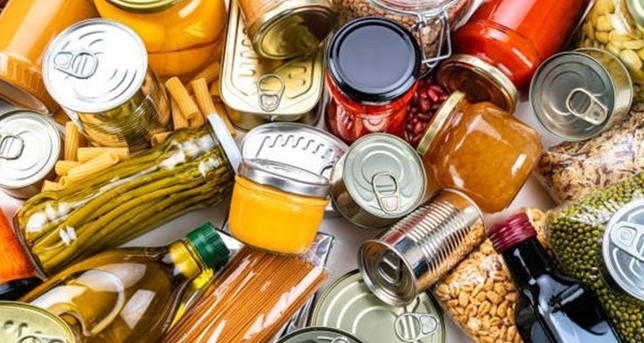There is a way to combat food waste: recipes that make the most of it. In general, when consumers open a preservative container, they tend to discard the liquid inside without a second thought.
Most people prefer not to consume the liquids in canned and packaged foods such as tuna, mussels, chickpeas, asparagus or olives. This is due to the mistrust generated by the fact that these products contain many additives and preservatives. However, some consumers have come to believe that these juices contain hazardous substances and rinse the products with water, but this is not necessary.
Do not throw away opened canned water, as it is full of beneficial vitamins and minerals. The main ingredients of canning liquids are as common as water, vinegar, oil, salt and spices. Therefore, it is a safe content, i.e., we will not get intoxicated if we consume them. In fact, if it were a hazardous substance, the food itself contained in the package would also be hazardous.
The main reason for preserving canned foods in their juice concentrate is to withstand the seasonal cycles of certain products and to ensure that the products are preserved longer.
Thanks to this liquid, the food contained in the canned food can maintain its nutritional properties intact over a long period of time and avoid spoilage and contamination.
Canning liquids can be put to additional uses, which vary from case to case. However, there are many liquids that are best discarded to avoid taking in too much sodium and other chemical additives.
The usual canned fish, such as tuna or mussels, have an oil base. However, canned vegetables are usually made mainly of water and contain ascorbic acid and salt, so pay close attention to the percentage of sodium.
In the case of canned legumes such as chickpeas and lentils, the liquid it contains can be used as a substitute for egg white in the preparation of cakes, meringues and pastries, or as a substitute for butter by simply mixing it with oil and as a thickener for sauces and soups.














